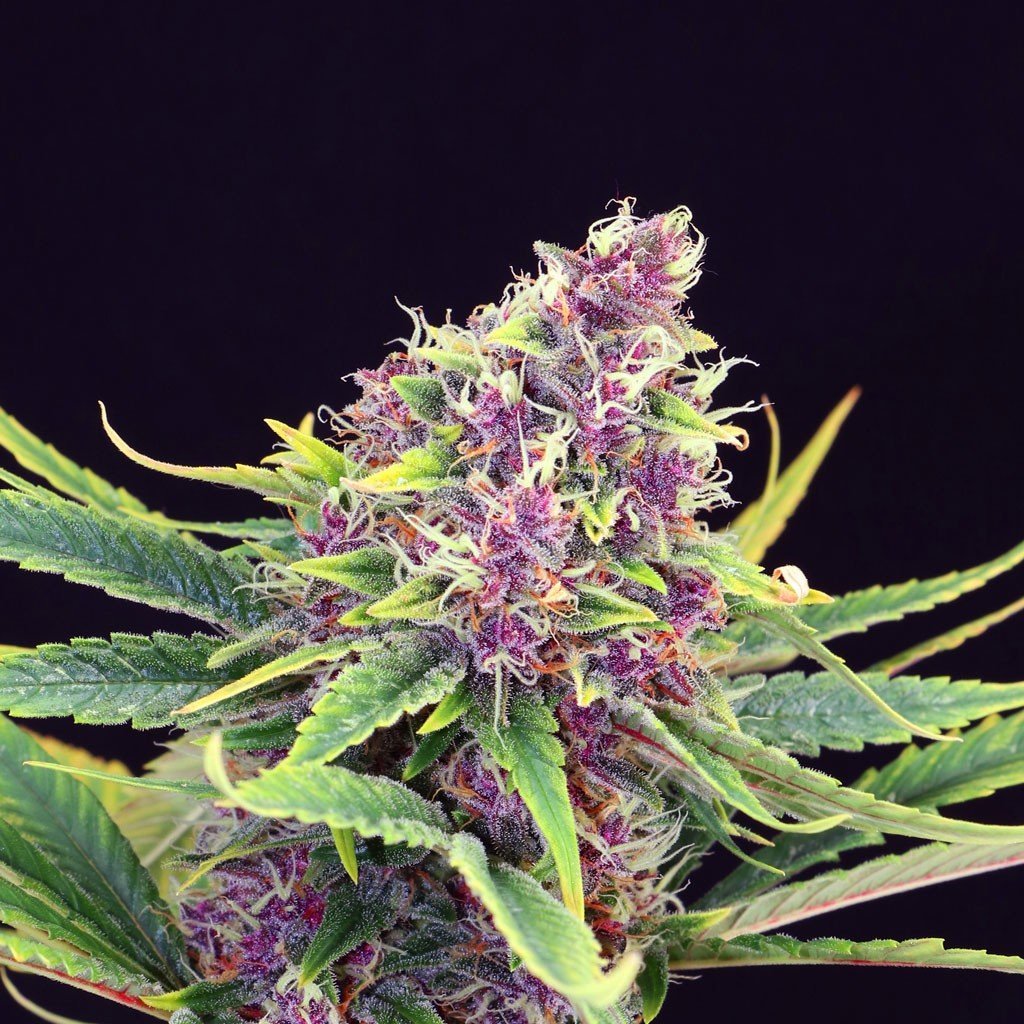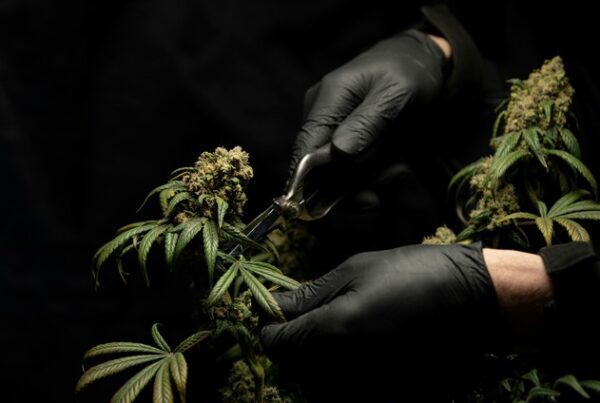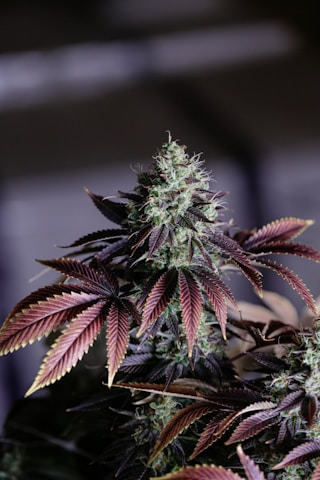
10 Tips for Successful Hydroponic Cannabis Cultivation
Welcome to the world of hydroponic cannabis cultivation!
In this guide, you will discover 10 essential tips to help you succeed in growing your own cannabis using hydroponic techniques. Whether you’re a seasoned grower looking to refine your skills or a beginner eager to embark on this exciting journey, these tips will provide you with valuable insights and strategies. From optimizing nutrient solutions to maintaining ideal growing conditions, each tip is designed to enhance your cultivation experience and maximize your yields. Join us as we delve into the fascinating realm of hydroponics and unlock the secrets to successful cannabis cultivation. Get ready to cultivate top-quality cannabis efficiently and effectively with our expert advice. Let’s dive in and explore the world of hydroponic cannabis growing together!.
Strain Selection
Choosing the Right Cannabis Strain
Selecting the perfect cannabis strain is a crucial decision that can significantly impact the success of your cultivation endeavors. It involves a thoughtful assessment of various factors, including the desired effects of the strain, the available growth conditions, and personal preferences regarding aroma, flavor, and appearance. Each cannabis strain possesses unique traits influencing its growth characteristics, flowering period, cannabinoid composition, and overall harvest yield. By meticulously evaluating these aspects, growers can tailor their selection to align with their specific requirements and objectives.
Top Cannabis Strains for Hydroponic Growth
Hydroponic cultivation offers a controlled and efficient environment for cannabis plants to flourish, presenting advantages such as accelerated growth rates, enhanced nutrient absorption, and lower susceptibility to pests and diseases. When choosing strains for hydroponic systems, it is essential to opt for varieties that demonstrate strong root development, efficient nutrient utilization, and resilience to fluctuations in water and nutrient levels. Some of the top cannabis strains renowned for excelling in hydroponic setups include Northern Lights, White Widow, and Blue Dream. These strains are favored for their robust growth, generous yields, and potent cannabinoid profiles when cultivated using hydroponic methods.
In addition to the strains mentioned, other notable options for hydroponic cultivation include Sour Diesel, OG Kush, and Jack Herer, each offering distinct characteristics that cater to various preferences and cultivation styles. Sour Diesel, known for its invigorating and mood-boosting effects, thrives in hydroponic systems due to its energetic growth and high resin production. OG Kush, a legendary strain with earthy and pine notes, adapts well to hydroponic environments, showcasing vigorous growth and resinous buds. Jack Herer, a sativa-dominant hybrid, is prized for its cerebral effects and spicy aroma, making it a popular choice for hydroponic growers seeking a balanced and uplifting experience.
Whether you are a novice looking for an easy-to-manage strain or a seasoned cultivator aiming to optimize productivity, selecting cannabis strains tailored to your cultivation method is pivotal for achieving a successful and rewarding harvest. Remember, the right strain can elevate the quality, quantity, and overall satisfaction of your cannabis cultivation journey, underscoring the importance of informed and deliberate strain selection.
Hydroponic System Setup
Embarking on the journey of setting up a hydroponic system opens the doors to a realm of innovative gardening practices. This blog section not only serves as a guide to the fundamental components essential for your hydroponic setup but also explores the intricacies involved in selecting the optimal hydroponic system tailored to your gardening needs.
Essential Components for a Successful Setup
Before delving into the hydroponic world, it is crucial to acquaint yourself with the vital components pivotal for the prosperity of your system:.
- Grow Lights : The cornerstone of any hydroponic setup, grow lights are indispensable for facilitating the process of photosynthesis. LED grow lights, known for their energy efficiency and customizable spectral output, are a favored choice among hydroponic enthusiasts.
- Nutrient Solution : Plants thriving in hydroponic environments rely on nutrient solutions to fulfill their essential growth requirements. Whether opting for preformulated solutions or concocting a customized blend tailored to your plant varieties, ensuring a balanced nutrient supply is paramount.
- Growing Medium : Serving as the anchorage for plant roots, the growing medium plays a pivotal role in moisture retention and root support. Popular options such as clay pebbles, vermiculite, or recycled glass offer diverse choices for hydroponic cultivators.
- Reservoir : The reservoir acts as the hub for storing and circulating the nutrient solution to the plants, guaranteeing a consistent and adequate supply of nutrients for sustained plant growth.
Selecting the Optimal Hydroponic System
The diverse array of hydroponic systems available in the market necessitates careful consideration to align the system’s design with your gardening objectives. Here are some prominent hydroponic system options to contemplate:.
- Deep Water Culture (DWC) : Celebrated for its simplicity, DWC submerges plant roots directly in the nutrient solution, fostering accelerated plant development.
- Nutrient Film Technique (NFT) : Operating through a shallow stream of nutrient solution that continuously bathes the roots, NFT systems create a well-oxygenated environment conducive to plant growth.
- Ebb and Flow (Flood and Drain) : Providing versatility, this system intermittently inundates the root zone with nutrient solution, facilitating optimal oxygen exchange.
- Aeroponics : Leveraging a misting mechanism to deliver nutrient-rich solution directly to the roots, aeroponics maximizes oxygen absorption and nutrient uptake, ideal for promoting vigorous plant growth.
In essence, a meticulously designed hydroponic system has the potential to revolutionize your gardening escapades, offering unprecedented control over plant development and resource utilization. By acquainting yourself with the core components and system variations available, you can craft a flourishing hydroponic setup that yields abundant harvests year-round.
Nutrient Management
Nutrient management is a crucial aspect of maintaining the health and productivity of plants. By understanding the specific nutrient needs of different plants and how to maintain a proper balance, gardeners and farmers can ensure optimal growth and yield.
Understanding Nutrient Needs
Plants require various nutrients to support their growth and development. These nutrients can be broadly categorized into macronutrients, which are needed in large quantities, and micronutrients, which are needed in smaller amounts. Macronutrients include nitrogen, phosphorus, and potassium, while micronutrients include iron, zinc, and manganese, among others. Understanding the specific nutrient requirements of the plants you are growing is essential to provide them with the necessary elements for healthy growth.
Maintaining Nutrient Balance
In addition to understanding the nutrient needs of plants, maintaining a proper nutrient balance in the soil is equally important. Imbalances in soil nutrients can lead to deficiencies or toxicities, both of which can negatively impact plant growth. Regularly testing the soil to assess its nutrient content and pH levels can help you make informed decisions about the type and amount of fertilizers to apply. Using organic matter, such as compost, can also help improve soil structure and nutrient retention, promoting a healthy balance for plant growth.
Importance of Soil Testing
Soil testing is a valuable tool for understanding the nutrient status of the soil. By analyzing soil samples, gardeners and farmers can determine the levels of essential nutrients present and identify any deficiencies or excesses. This information allows for targeted nutrient management, ensuring that plants receive the necessary elements for optimal growth.
Nutrient Cycling in Ecosystems
Nutrients in the ecosystem are continuously recycled through processes like decomposition, mineralization, and uptake by plants. Understanding nutrient cycling is essential for sustainable agriculture as it emphasizes the importance of maintaining nutrient levels in the soil to support plant growth without depleting resources.
By focusing on nutrient management and ensuring that plants receive the right nutrients in the right amounts, gardeners and farmers can support healthy plant growth, improve crop yields, and contribute to sustainable farming practices.
Lighting and Temperature Optimization
Proper Lighting Techniques to Boost Productivity
Incorporating natural light into your workspace is not only beneficial for reducing energy costs but also for your overall well-being. Positioning work areas near windows can help maximize natural light exposure, which is known to improve mood and increase productivity. To control the amount of light entering the room, consider using adjustable blinds or curtains. When it comes to artificial lighting, opt for energy-efficient LED bulbs over incandescent ones. LED bulbs not only save energy but also provide better lighting quality, reducing eye strain and enhancing focus. Ensure that lighting is evenly distributed throughout the room to avoid glare and create a comfortable working environment. Task lighting, such as desk lamps, can be strategically placed to illuminate specific work areas and further enhance productivity.
Effective Temperature Control Strategies for Comfort
Maintaining an optimal temperature in your workspace is crucial for both comfort and productivity. During colder months, consider using space heaters or investing in a programmable thermostat to regulate the temperature efficiently. In warmer seasons, utilize fans or air conditioning to keep the space cool and comfortable. Proper insulation plays a significant role in retaining heat during winter and keeping the space cool in summer. To promote airflow, ensure that vents are unobstructed and consider using fans to circulate air effectively. Smart temperature control systems that adjust based on occupancy and time of day can help optimize energy efficiency. Indoor plants not only enhance the aesthetics of your workspace but also contribute to regulating indoor temperatures and improving air quality. Strategically placing plants around your workspace can create a more pleasant and productive environment. Regular maintenance of HVAC systems is essential to ensure they operate efficiently and provide optimal temperature control. By combining proper lighting techniques with effective temperature control strategies, you can create a workspace that promotes productivity, focus, and overall well-being.
Pest and Disease Prevention
Identifying Common Issues.
Effective Control Measures.
Pests and diseases can wreak havoc on plants, flowers, and crops. It is crucial to identify common issues early on to prevent extensive damage. By implementing effective control measures, you can protect your garden or farm from these destructive threats.
Identifying Common Issues:
- Recognizing Symptoms: Learn to identify the signs of common pests and diseases such as wilting, yellowing leaves, holes in leaves, and unusual spots.
- Research: Understand the specific pests and diseases that commonly affect the plants in your region. This knowledge will help you take proactive measures. Some common pests include aphids, spider mites, and whiteflies, while diseases like powdery mildew and blight are prevalent in many gardens.
Effective Control Measures:
- Natural Predators: Introduce beneficial insects like ladybugs or predatory mites that feed on harmful pests. Ladybugs, for example, are voracious aphid eaters and can help keep aphid populations in check.
- Neem Oil: Use neem oil as an organic pesticide to deter pests and prevent fungal diseases. Neem oil is effective against a wide range of pests and has the added benefit of being environmentally friendly.
- Crop Rotation: Rotate crops each season to disrupt pest life cycles and reduce disease buildup in the soil. This practice can help break the cycle of pests that overwinter in the soil and reduce the likelihood of soil-borne diseases.
- Proper Watering: Avoid overwatering as it can create favorable conditions for diseases to thrive. Water plants at the base to keep foliage dry and reduce the spread of fungal diseases. Consider using drip irrigation or soaker hoses to deliver water directly to the roots.
- Pruning: Regularly prune plants to improve airflow and remove infected parts that can spread diseases. Pruning also helps shape plants, promote healthy growth, and reduce the overall stress on the plant.
- Mulching: Apply organic mulch around plants to conserve moisture, suppress weeds, and improve soil health. Mulch can also act as a physical barrier to prevent certain pests from reaching plant stems and leaves.
By being vigilant and proactive in pest and disease prevention, you can maintain healthy plants and ensure a bountiful harvest. Remember, early detection and intervention are key to effectively managing pest and disease issues in your garden or farm.
Conclusion
Implementing these 10 tips for successful hydroponic cannabis cultivation can greatly increase your chances of a bountiful harvest. By focusing on factors such as nutrient balance, lighting, pH levels, and proper ventilation, hydroponic growers can optimize their cultivation process and produce high-quality cannabis. Remember, attention to detail, consistency, and a passion for cultivation are key ingredients for success in the world of hydroponic cannabis growing. Happy growing!









